
For more than thirty-seven years, Charles R. Levun and Michael J. Cohen have been presenting the preeminent seminars on flow-through taxation. The two flagship Tax Forum programs are Fundamentals of Flow-Through® and Tax Planning Forum®. Tax Forum is expanding its programs to include self-study (on-demand) training, as well as working on an additional course, which they will share with us soon.
Please read through Part 2 of this special interview, featuring Chuck Levun and Michael Cohen. Part 1 is focused on Tax Forum, its flow-through tax planning training programs, and the importance of education for CPAs, attorneys and other tax planning professionals.
To get a sense of how the Tax Forum programs are unique in the partnership, LLC and S Corporation tax training space, please register for Tax Forum’s complimentary webinar:
Avoiding Costly Mistakes: Four Essential Tax Concepts for the Non-Tax Business Attorney or CPA taking place on Thursday, May 16th at Noon CDT
Kat Jennings’ Question: Let’s jump right in …Do you see an increase in controversy in partnership taxation? Why or why not?
Michael Cohen’s Answer: For the most part, not yet. However, with the new budget for the IRS and the commitment to go after “large” partnerships, I would think that controversy will increase. However, for this commitment to be successful in shutting down “abusive” transactions, the partnership knowledge base of the IRS auditors will need to be expanded. I will note that virtually every year we have at least a half dozen IRS professionals attend either our Forum or Fundamentals courses.
Kat Jennings’ Question: What is the biggest challenge for partnerships going forward?
Chuck Levun’s Answer: Staying on top of developments is a biggie. There have been proposals floating around from Senator Wyden and others that would make substantive changes to some of the basic partnership principles. These changes are designed to hit perceived abuses of the partnership rules by large partnerships. Unfortunately, if enacted, they also would complicate life for the smaller partnerships, which are by far a large number of business entities and growing. Moreover, there are always new structuring techniques, new thought processes, etc. that are constantly being developed. Partnerships are such a dynamic area, given, as I said before, that partners have a tremendous amount of flexibility in structuring their transactions. It’s not like the S corporation arena where everything has to be shared on a pro rata basis, there can be only one class of stock, etc.
Kat Jennings’ Question: Tell us about any cases in partnership taxation that really surprised you.
Read More

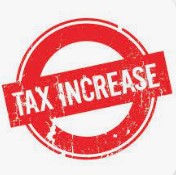
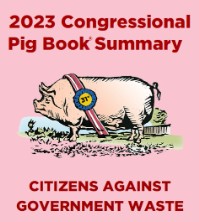

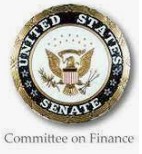



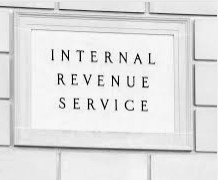
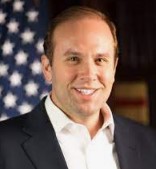
















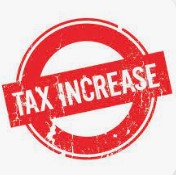
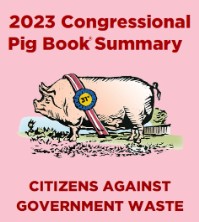

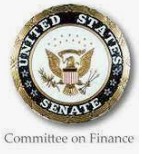
Recent Comments